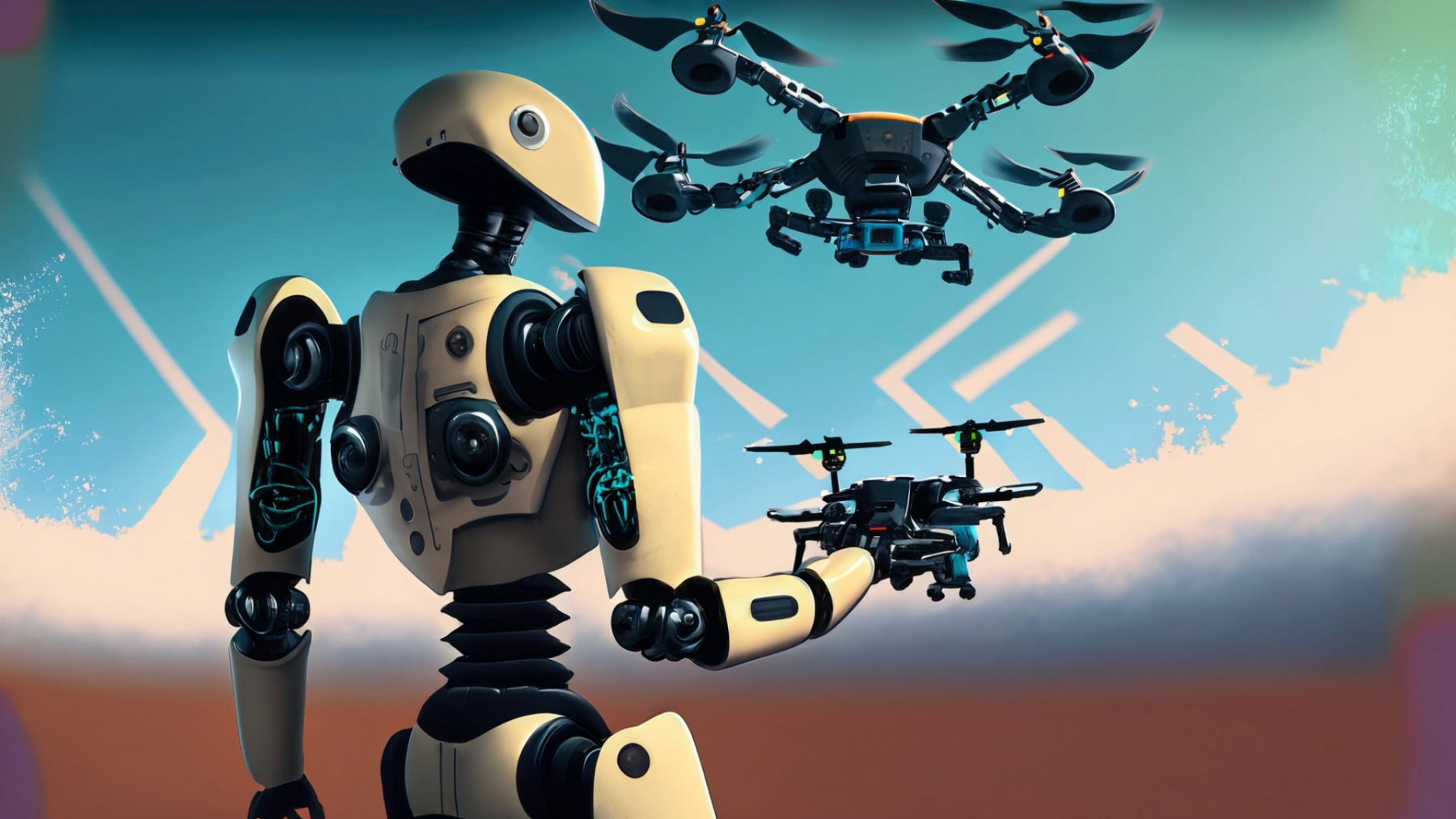
Developing Predictive Models
by Amanda Sibley
In this lesson students will collect data on the performance of their drone. Students will design a systematic process of data collection that will then lead to the development of a predictive model that they can use to predict a power and time duration that would be required to move the drone through a constructed maze. The purpose of this lesson is for students to strategically collect data and look for a regular pattern that can be used to describe that pattern. This will ultimately not be efficient enough to accurately control the drone which will then require learning about coding and sensor integration.
This is lesson 5 in the coding drones lesson sequence.
Lesson Plan Link/URL
https://docs.google.com/presentation/d/153v8ONbPjixow3n64VyymygEJ2shg7Tm/edit?u…Related Content

Grades:
7th Grade, 8th Grade, 9th Grade, 10th Grade, 11th Grade, 12th Grade
Students will combine science and art by using an alternative photographic process called cyanotypes or sun prints. After a short introduction to the history of cyanotypes and the process of creating

Grades:
6th Grade, 7th Grade, 8th Grade, 9th Grade, 10th Grade, 11th Grade, 12th Grade
In this lesson students will use Tinkercad to design a puzzle piece that will be used in the Escape Room from the previous lesson. This can be used as a stand alone lesson or in conjunction with the

Grades:
7th Grade, 8th Grade, 9th Grade, 10th Grade, 11th Grade, 12th Grade
Lesson explores compounds, mixtures and solutions, defining each and what distinguishes them from each other. Students complete a lab as an introduction, use a PowerPoint to refine their knowledge and